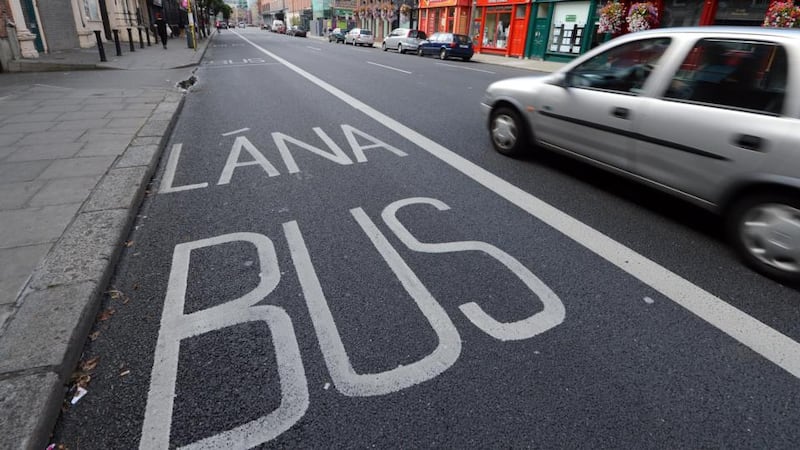Nobody could say that the bus network in Dublin makes sense, either in terms of bus numbers or routes. It evolved haphazardly over time. No wonder first-time visitors to the capital are left so bewildered, not knowing which bus goes to where, or by what route. It was beyond time to carry out a thorough review of this quite chaotic network, so that it could be redesigned in a more rational way.
This monumental task has now been completed by US-based transport consultant Jarrett Walker on behalf of the National Transport Authority (NTA). But even he has conceded that not all bus users will welcome the proposed changes. Having carried out similar exercises elsewhere, he said such redesigns "always change travel patterns that people are used to, and sometimes there are some people for whom the new network may not be as convenient as the existing one".
The BusConnects plan acknowledges some bus users who currently have a direct route into the city centre would have to change buses to reach their destination
Current bus numbers are to be replaced by a new lettering system from A to G, indicating seven main routes through the city, with buses running every four to eight minutes on these "core corridors". Thus, all "A" buses would pass through Terenure, with the A1 serving Knocklyon, the A2 serving Tallaght, and so on. Radial bus routes would be supplemented by frequent orbital services, enabling passengers to switch from one bus to another at no extra charge.
The BusConnects plan, as it’s called, acknowledges that some bus users who currently have a direct route into the city centre from where they live would have to change buses to reach their destination. However, because the frequency would be so much higher, its author insists that waiting time would be reduced so that “the total trip is faster”. This would be facilitated by the introduction of a 90-minute flat fare, interchangeable between bus, Dart and Luas services.

From July 16th, the NTA will open a nine-week public consultation on the redesign, with the intention of implementing it in late 2019 – long before the planned “next generation bus corridors” that could result in 1,300 householders losing garden and on-street parking spaces.








